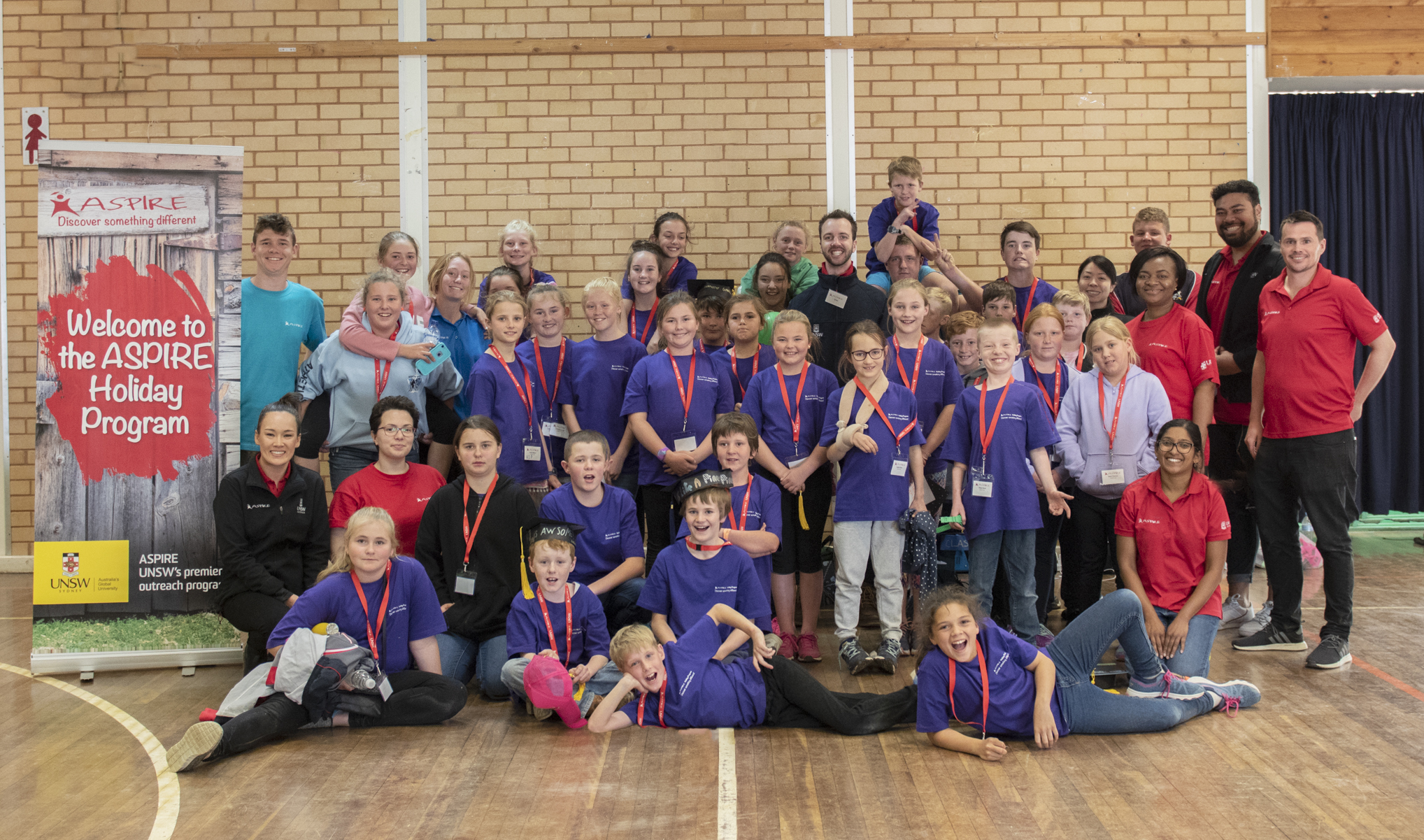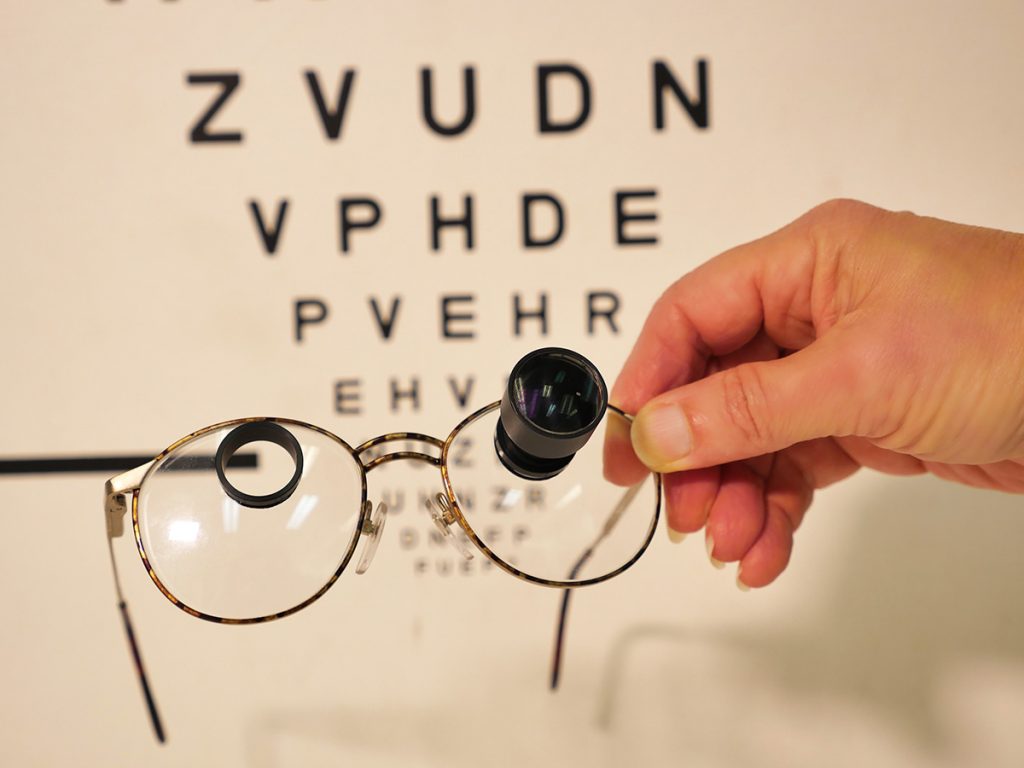By Kristina Fidanovski

“It works!” The girl’s disgruntled face suddenly clears and lights up the same way her circuit just has. I don’t get to admire her enthusiasm for long though–I’m drawn away to make sure the group aerial testing their light-up helicopter creations don’t wind up with concussions to take home as well. I’m in a small rural town in New South Wales running science workshops for APSIRE’s holiday program. ASPIRE aims to empower disadvantaged kids and make university education a real and attainable option for them. Part of that mission is exposing kids to what a university education means and the broad range of fields that they could pursue. Across the school there are workshops going on in drama, programming, sport, art, and engineering for girls and boys across Years 4 to 8. We’re building simple paper helicopters with finicky light up circuits for the science workshop. Neither Ngozi, my co-pilot, nor I know particularly much about circuits. It’s been a while since my undergraduate in Physics and these days I can be more reliably found pouring something toxic into something flammable and hoping a polymer comes out the other end. Ngozi’s optometry work in assessing habitual impacts on the ocular surface of children isn’t helping her much either. We’re doing admirably well, though; I think. Most people seem impressed with my improvised diagnostic tools as we try and get the little lights to turn on. A more challenging prospect than you might expect, but in my defence the wires are conductive tape that little fingers have mangled, not the standard insulated fair of science kits everywhere. Even the most irreverent and stubbornly cool preteens among the group–who will remain nameless–can’t help being pleased when their circuits work.

“Why does the plus side of the battery have to be connected to the plus side of the light?” The girl asking is the loudest among a group of girls determined to convince anyone listening that they have no interest at all in anything that could be mistaken for school. I’m onto them though; all their circuits work. Also, they have good questions.
I freeze and cast my mind back to sitting in a lecture 5 years ago while a stereotypically old, white gentleman explained the principles of diodes to a hall full of young men. I was sitting two seats away from one of a handful of young women in our 60+ cohort. We hadn’t spoken before and I was planning ways to start a conversation that wasn’t just: “We should be friends because we’re the only two girls currently in this room.”

Fortunately, I remember enough of the lecture to explain it to the satisfaction of a 12 year old (which is actually harder than if I could have just regurgitated the technical details to a colleague familiar with the function of an electron). It does remind me though, why I’m out in regional Australia in the first place. Every lecturer I had at university, in both Chemistry and Physics, was old, white and male (except for the notable exception of our third-year lecturer on general relativity who was a breath of feminine-fresh air). In fact, even my high school teachers adhered to the stereotypes. Despite the reassurances of my family that I could, and indeed should, go into science, and the famous examples of female scientists they doggedly told me about, my face-to-face experiences with science had never been with someone who looked like me. Neither as a child, nor as an adult. I won’t pretend that I’m hoping a few hours spent in the company of two young PhD candidates waxing lyrical about research and science will be enough to turn that same stereotype around in the minds of the young girls and boys we encountered. I am hoping that it will spark something for them though. Our visit alone won’t be enough. But maybe when they log on to Facebook tonight they’ll see a lady scientist doing a demonstration video. Or they’ll catch the tail end of an interview with a lady scientist on the news. And maybe next year when ASPIRE comes past again with another bright-eyed PhD student with no idea how to explain diodes to a 12 year old, that’ll be enough to get them to think: “I can do it too.”
Learn more about ASPIRE at their website. We visited two schools–in Gilgandra and the even tinier town of Coolah–in the week we spent putting on workshops and science stalls, but ASPIRE visits schools across the region and they do incredible work.

Follow Kristina on Twitter
Follow Ngozi on Twitter





